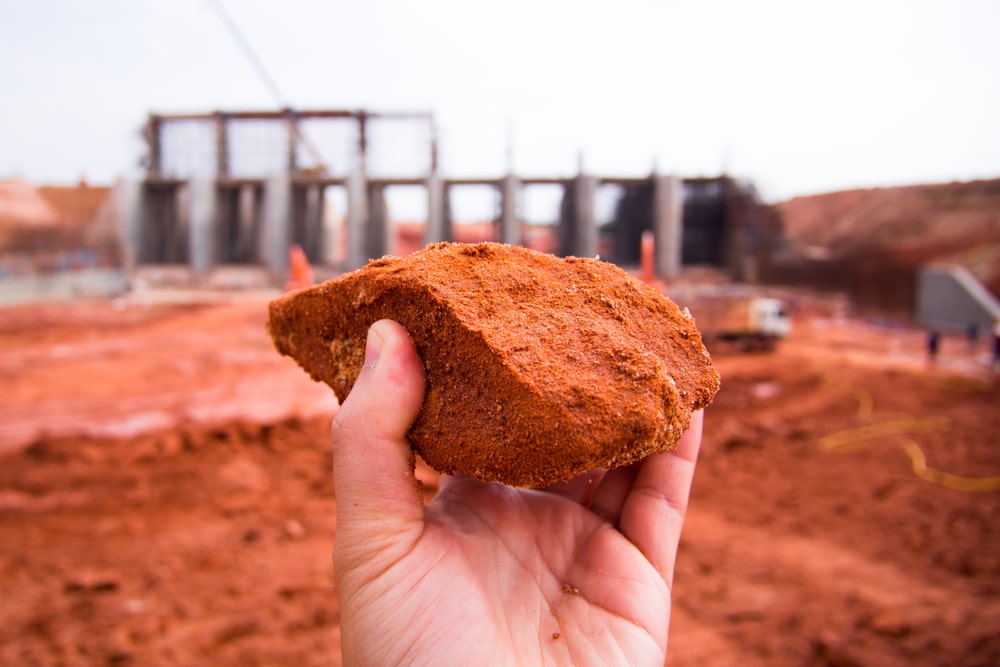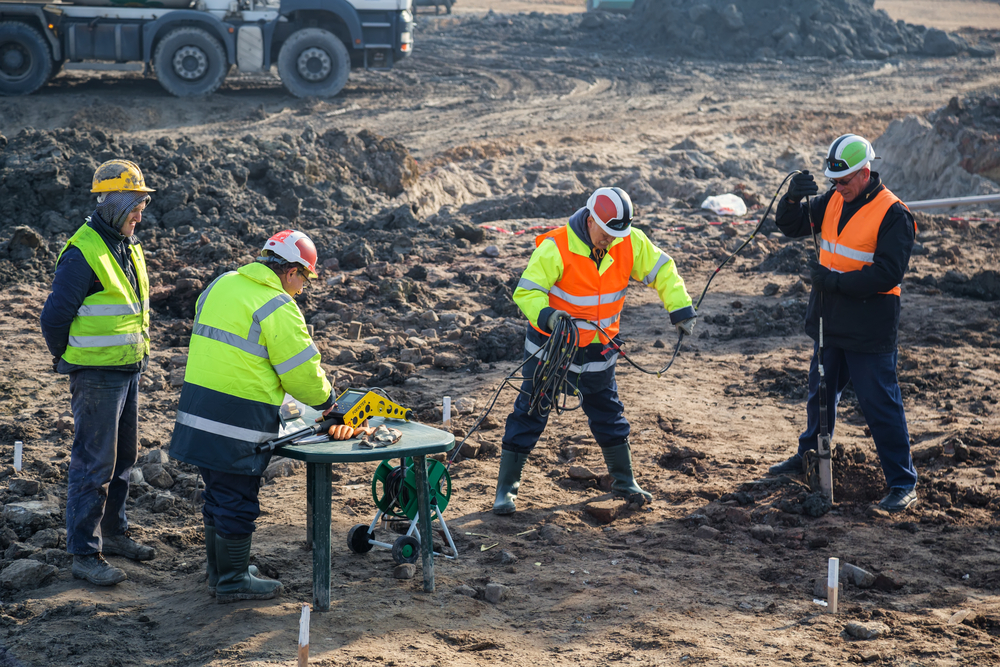Selecting the Right Consulting Engineer for Your Complex Engineering Project
Wiki Article
The Interdisciplinary Approaches in the Geotechnical Market: Bridging the Space Between Design, Geology, and Environmental Scientific Research for Optimum Project End Results
The combination of design, geology, and environmental science within the geotechnical market is not simply useful; it is crucial for attaining optimal project outcomes. What techniques might arise to promote this essential collaboration and enhance the efficacy of geotechnical techniques?Importance of Interdisciplinary Partnership
The value of interdisciplinary collaboration in the geotechnical industry can not be overemphasized. Effective geotechnical jobs call for the integration of diverse expertise from different areas, including design, geology, and ecological science. This partnership makes certain that all facets of a job are considered, resulting in detailed remedies that address complicated obstacles.Interdisciplinary partnership promotes development by enabling professionals to share understandings and techniques that might not be evident when operating in isolation (tailings engineer). By leveraging the toughness of several disciplines, teams can determine possible threats, enhance style processes, and improve the sustainability of geotechnical jobs. Such collaboration promotes a holistic understanding of site-specific conditions, which is important for exact analysis and decision-making.
The intricacy of geotechnical jobs necessitates a coordinated technique to analytic. When engineers, rock hounds, and ecological scientists interact, they can develop a natural approach that straightens technical needs with ecological factors to consider and regulatory compliance. This synergy not only enhances job results however also adds to the lasting durability of infrastructure. Eventually, interdisciplinary partnership is necessary for progressing best practices and attaining quality in the geotechnical industry.
Trick Functions of Each Self-control
Collaboration among different disciplines is not simply beneficial; it is essential for the effective execution of geotechnical projects. Each technique-- design, geology, and environmental science-- plays a distinctive yet interconnected function that adds to project efficiency and sustainability.Geotechnical designers are mainly accountable for creating foundations and ensuring architectural integrity. They assess soil and rock homes to examine load-bearing abilities, providing necessary data for secure building and construction practices. Their proficiency enables the formulation of cutting-edge services to intricate challenges.

Environmental researchers examine the possible effects of construction on communities and water resources. They perform environmental assessments and create mitigation techniques to minimize damaging impacts. By integrating environmental considerations, they make certain conformity with policies and advertise sustainability throughout the job lifecycle.
Study of Effective Integration
Successful integration of geotechnical techniques can be exhibited through different situation research studies that highlight the efficiency of team effort in resolving complicated design difficulties. One significant example is the building and construction of the Hong Kong-- Zhuhai-- Macau Bridge, where a joint technique including geotechnical engineering, geology, and environmental science was crucial. Geologists and designers operated in unison to assess the seabed conditions and optimize the structure design, guaranteeing security and minimizing ecological influence.One more impactful instance is the improvement of incline stability in the San Francisco Bay Area, where an interdisciplinary group combined geotechnical analysis with ecological analyses. By integrating geological surveys and hydrological researches, the group efficiently determined potential landslide threats and implemented reliable mitigation measures, improving safety and security and sustainability.
Furthermore, the redevelopment of Brownfield websites typically calls for a multidisciplinary strategy. In one case in Chicago, collaboration among geotechnical engineers, environmental scientists, and metropolitan organizers caused the effective remediation of contaminated soil, permitting the risk-free improvement of the website right into a neighborhood park. These instance studies show that interdisciplinary cooperation not only addresses technical difficulties yet additionally cultivates cutting-edge solutions that benefit both communities and jobs.
Obstacles in Multidisciplinary Projects

Additionally, coordinating routines and operations amongst numerous teams can be bothersome, specifically when each self-control has distinct job milestones and deliverables. This imbalance can result in hold-ups and raised expenses. The challenge of resource allowance additionally looms large; guaranteeing that specialized know-how is available at crucial times needs careful planning and insight.
Finally, regulatory compliance positions one more substantial challenge. Each technique may deal with various regulatory structures, and aligning these needs to meet task goals can be time-consuming and complicated. Addressing these obstacles necessitates solid leadership and efficient interaction strategies to promote partnership and make sure that multidisciplinary teams work cohesively in the direction of shared goals.
Future Trends in Geotechnical Practices
As the geotechnical industry evolves, arising trends are reshaping techniques to resolve the challenges dealt with in multidisciplinary tasks - tailings engineer. One considerable fad is the increased integration of sophisticated innovations, such as fabricated intelligence and artificial intelligence, right into geotechnical analysis and design. These technologies improve anticipating modeling and threat analysis, enabling engineers to make more educated choices throughout the task lifecycle
In addition, the fostering of electronic doubles and real-time monitoring systems is becoming much more common. These devices assist in recurring assessment of soil conditions and architectural efficiency, permitting prompt interventions when concerns develop.
Conclusion
Finally, the combination of engineering, geology, and environmental science is essential for attaining optimum end results in the geotechnical sector. Interdisciplinary cooperation promotes advancement, improves analytical abilities, and aligns technical needs with ecological sustainability. Effective study highlight the advantages of this technique, while recognizing the challenges faced in multidisciplinary jobs. Looking in advance, embracing these collective techniques will certainly be necessary for browsing future trends and advancing the field of geotechnical design. geotechnical engineersThe combination of engineering, geology, and ecological scientific research within the geotechnical market is not merely helpful; it is important for achieving optimal task results. Effective geotechnical projects require the assimilation of diverse knowledge from numerous fields, consisting of engineering, geology, and ecological science.Browsing the intricacies of multidisciplinary jobs in the geotechnical sector provides numerous considerable obstacles.As the geotechnical industry progresses, emerging fads are reshaping techniques to resolve the difficulties encountered in multidisciplinary jobs. Geotechnical engineers are progressively working together with ecological scientists to make sure that tasks align with sustainability objectives and conform with governing requirements.
Report this wiki page